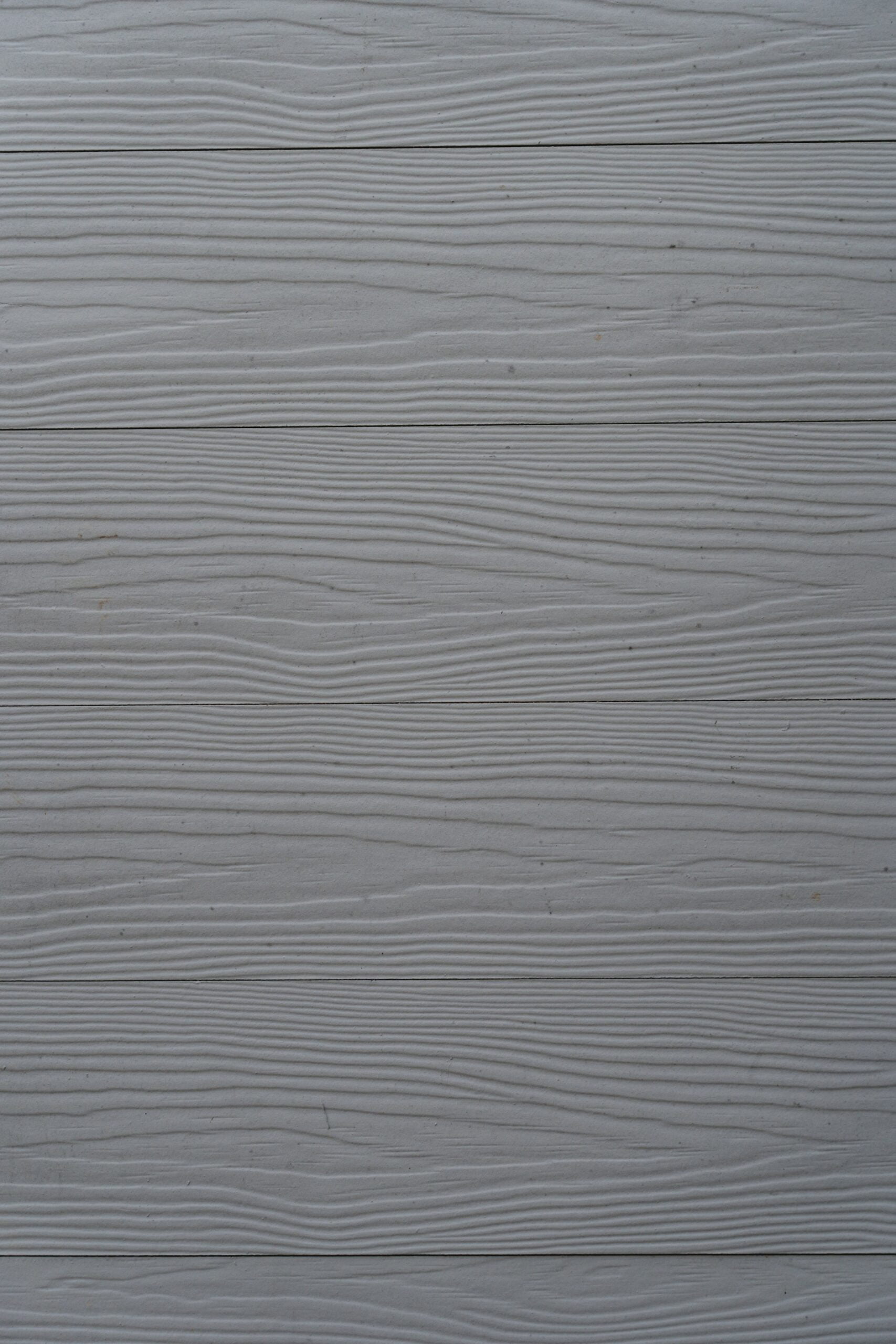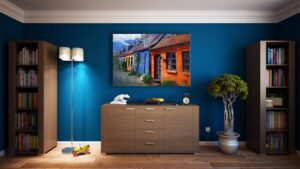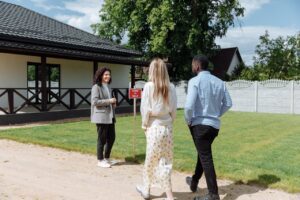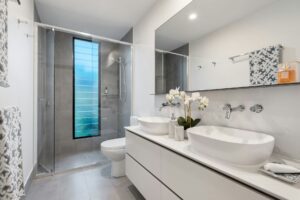Key Takeaways:
- Fiber cement siding boasts notable benefits such as durability, fire resistance, and aesthetic diversity, setting it apart from traditional siding materials.
- Its sustainability and energy-efficient nature make it an environmentally conscious choice for home exteriors.
- Meticulous installation and low-maintenance requirements contribute significantly to the siding’s longevity and performance.
- Given the material’s advantages, it offers homeowners a cost-effective solution with a strong return on investment.
Table of Contents:
- An Overview of Fiber Cement Siding
- Advantages of Fiber Cement Siding
- Fiber Cement Siding Versus Other Siding Materials
- Installation Process of Fiber Cement Siding
- Design Possibilities with Fiber Cement
- Environmental Impact and Sustainability
- Cost Analysis: Is Fiber Cement Siding a Worthy Investment?
- Maintenance and Care for Fiber Cement Siding
- Making the Decision: How to Choose the Right Siding for Your Home
An Overview of Fiber Cement Siding
Fiber cement siding has emerged as a frontrunner in home exteriors, praised for its durability and versatility. Made from a mix of sand, cement, and cellulose fibers, products like James Hardie Siding stand at the forefront of the market, offering a balance of resilience and aesthetic variety that complements any architectural design. The evolution of fiber cement siding over the years has allowed for advancements in technology and installation methods, paving the way for a modern solution to longstanding homeowner challenges of preserving their home’s external beauty while increasing its defenses against the elements.
Advantages of Fiber Cement Siding
The standout perks of fiber cement siding are undeniable, beginning with its durability against the harshest weather. It can resist damage from high winds, hail, and moisture, which are common culprits behind siding wear and tear. Its non-combustible nature provides fire resistance in many high-risk areas and offers additional safety for homeowners. Beyond these functional benefits, fiber cement siding does not sacrifice aesthetics; it comes in a wide selection of finishes and colors, ensuring its robustness is equally matched by curb appeal.
Fiber Cement Siding Versus Other Siding Materials
When juxtaposed with materials like vinyl and wood, fiber cement siding is superior in strength and maintenance requirements. Although more budget-friendly, vinyl falls short of mimicking the texture and subtleties of traditional materials. While timeless in its aesthetic, wood demands ongoing care to curb degradation and pest invasion. Fiber cement siding, conversely, offers a desirable middle ground—it requires minimal upkeep while providing a comparable look to more maintenance-intensive materials. The balance it strikes between cost-efficiency, longevity, and visual appeal makes it an evergreen choice for diverse housing projects.
Installation Process of Fiber Cement Siding
Installing fiber cement siding demands precise craftsmanship. Due to the siding’s weight and composition, specialists with experience are crucial for a proper installation. Mastery of techniques such as cutting the boards to the correct size and ensuring adequate sealing against moisture infiltration is the linchpin to maximizing the siding’s lifespan. Avoiding common installation challenges, such as incorrect nailing or poor clearance from the ground, is equally important. Hence, selecting a contractor familiar with the unique demands of fiber cement is a decision that pays off in the long run.
Design Possibilities with Fiber Cement
Fiber cement siding offers substantial creative potential and is diverse, a testament to its adaptability. From smooth, modern finishes to textures that emulate traditional wood grains, there’s a fit for any design scheme. Homeowners can opt for a prefinished product or customize the colors post-installation. Aesthetic flexibility makes fiber cement a favorite for designers and homeowners alike, allowing for personal expression while providing a product known for its hardiness and resilience against external factors.
Environmental Impact and Sustainability
Environmental preservation is an increasing concern among homeowners, and fiber cement siding addresses this by incorporating sustainable materials in its composition. The insulative properties of fiber cement also contribute to better energy efficiency, potentially reducing heating and cooling costs. An added benefit is that the material can often be recycled at the end of its useful life, which softens its ecological footprint. For eco-conscious consumers, fiber cement siding ticks all the essential boxes: sustainability, efficiency, and recyclability.
Cost Analysis: Is Fiber Cement Siding a Worthy Investment?
Examining the costs of fiber cement siding reveals its true value over time. The initial outlay is more than other siding options, such as vinyl, but it’s a long-term investment rather than an ongoing expense. The durability factor means fewer replacements or repairs, and most products come with generous warranties, underscoring their longevity. A deep dive into cost-benefit analysis shows fiber cement siding as a prudent choice, often yielding a handsome return thanks to its lifespan and minimal maintenance demands.
Maintenance and Care for Fiber Cement Siding
Stewardship of fiber cement siding is less demanding than one might anticipate. Occasional washing to remove dirt and debris and routine inspections to check for potential damage are usually sufficient. Avoiding moisture accumulation and promptly addressing areas needing repair are best practices for extending the material’s serviceability. Though rare, painting or re-sealing may be necessary to refresh the appearance and maintain protectiveness. Overall, the care involved is modest compared to the fatigue other siding materials may experience over similar timeframes.
Making the Decision: How to Choose the Right Siding for Your Home
The final decision on siding material should be tailored to individual requirements, architectural vision, and practical demands such as climate and maintenance capabilities. Engaging with a reputable contractor to navigate these considerations is advisable. The emphasis should be on the caliber of materials and the expertise of the installers tasked with the job.









